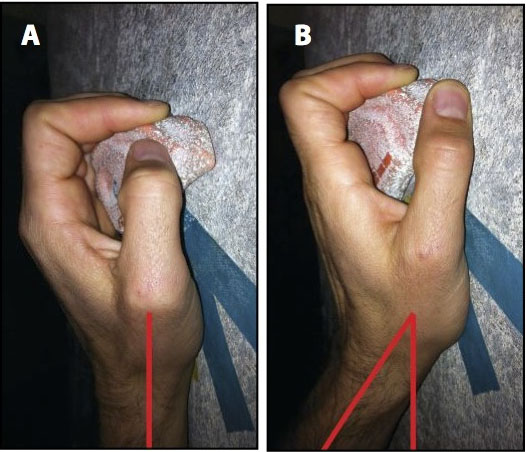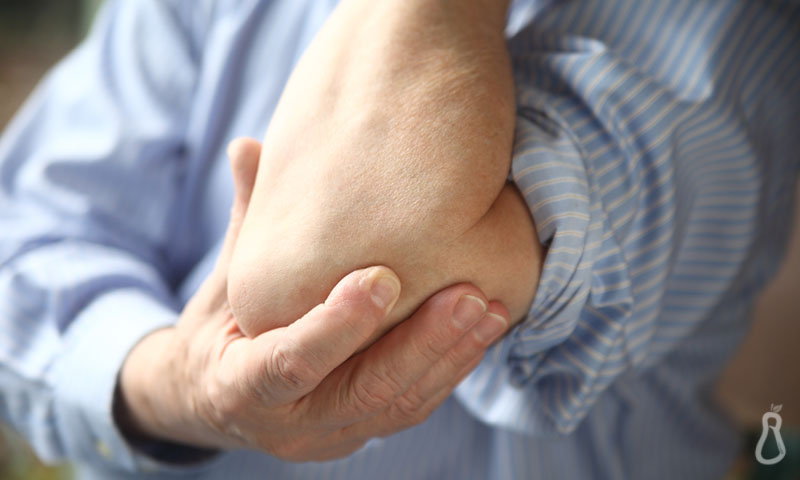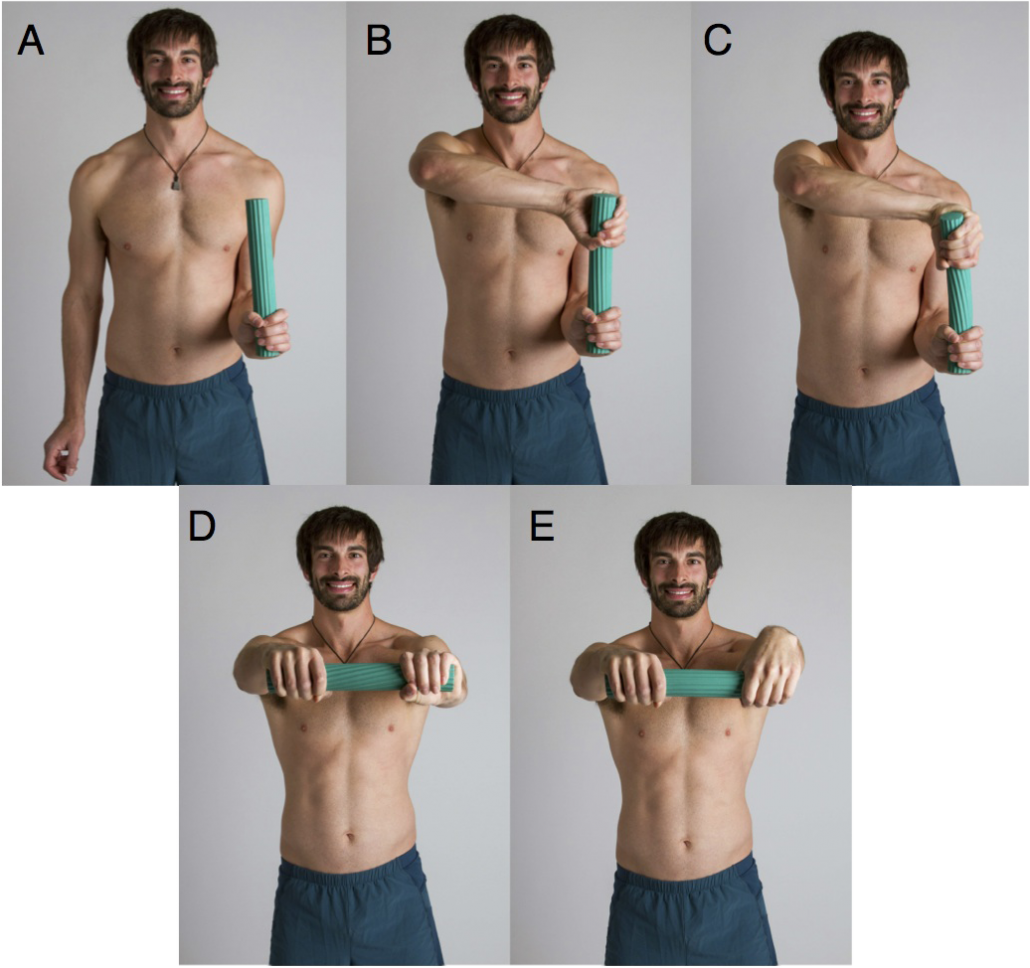If you’ve ever had elbow pain from climbing, listen up! This week I’m excited to share an article written by Dr. Jared Vagy, aka The Climbing Doctor.
Dr. Jared Vagy is a Physical Therapist and avid climber, who received his Doctorate in Physical Therapy from the University of Southern California. He is board certified as an Orthopedic Clinical Specialist from the American Physical Therapy Association and has over ten years of climbing experience all over the world. Climbing and injury prevention are his passions and he is committed to combining the two.
How to Prevent Climber’s Elbow
By Dr. Jared Vagy
There’s no better way to celebrate your impressive ascent of the pink-taped route at the gym than with an ice-cold beer. But when you twist the cap off that high-dollar Pabst, you feel a twinge in the back of your elbow, then again when you pick up the remote to tune into the latest episode of American Ninja Warrior. You might notice that only specific movements cause pain. Sometimes twisting a doorknob is more painful than licking a crimp at your belly button.
If you’re experiencing something similar, you might have climber’s elbow, more commonly referred to as tennis elbow or scientifically known as lateral epicondylitis. It can become a debilitating condition, but if you treat it early with some targeted and simple physical therapy, you can slay it like you did the pink route and live a long pain-free like on the rocks.
What causes Lateral Elbow Pain?
The forearm is made up of two major muscle groups. The muscles on the palm side of the forearm are called the wrist flexors and the muscles on the back side are called the wrist extensors. When we climb, we are constantly overworking the wrist flexors by gripping.
Over time, the wrist flexors get tight and overdeveloped while the wrist extensors become weak and underdeveloped; creating an imbalance. This imbalance can lead to an overuse injury of the weakened extensor muscles. The most common site of this injury is at the origin of the muscle on the outside of the elbow called the lateral epicondyle.
What should you look for?
Grip strength is actually stronger when the wrist is extended back thirty five degrees. Climbers often overextend their wrists while grasping holds. This leads to overuse of their weakened wrist extensors and can become more of a problem when progressing to climbing harder routes.

A: demonstrates proper wrist alignment with a neutral wrist.
B: shows improper alignment with an extended wrist.
Best prevention exercise: FlexBar Twists
This exercise targets and strengthens the wrist extensors to protect your elbow. Perform 3 sets of 15 repetitions daily.
Instructions
A: Hold the FlexBar in your painful hand with your wrist extended back.
B: Grasp the other end of the rubber bar with the non-painful hand.
C: Twist the bar by flexing the non-painful wrist while holding the painful wrist in back in extension.
D: Bring your arms in front of your body with your elbows straight maintaining the twist in the bar.
E: Slowly untwist the bar by allowing the painful wrist to flex.
—
So there you have it! Some free physical therapy advice for climber’s elbow 🙂 If the instructions are somewhat confusing, you can watch this video by Robin O’Leary to get an idea of the motion that you’re aiming for. You can also do this with a towel if you don’t want to spend money on therapy toys.
If you’d like to see what Dr. Vagy recommends for other common climbing injuries, you should all check out his eBook and spare yourself the sidelining injuries: The Ultimate Climber – Prevent Injury and Peak Your Performance.
Images courtesy of TheClimbingDoctor.com


